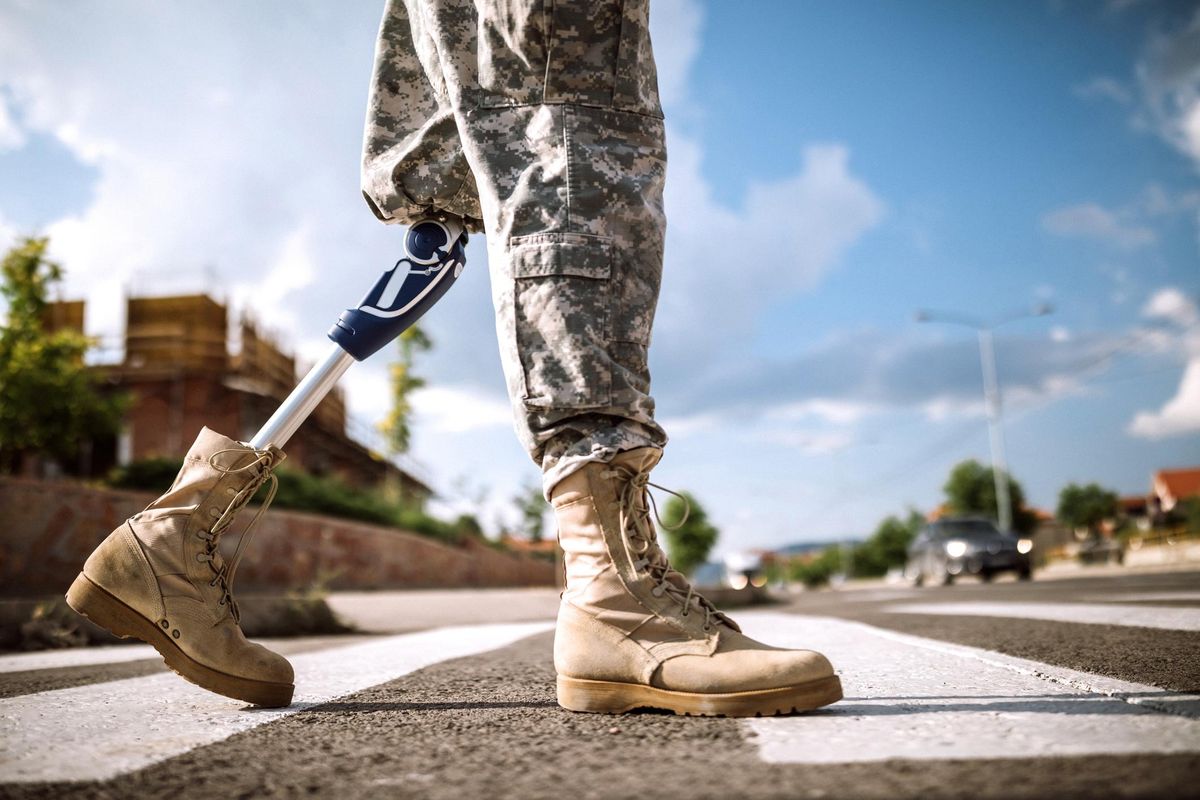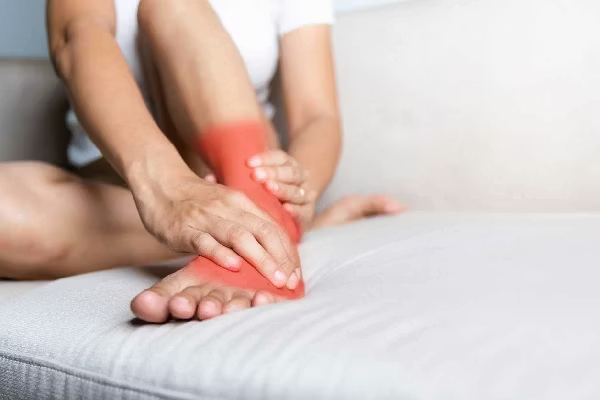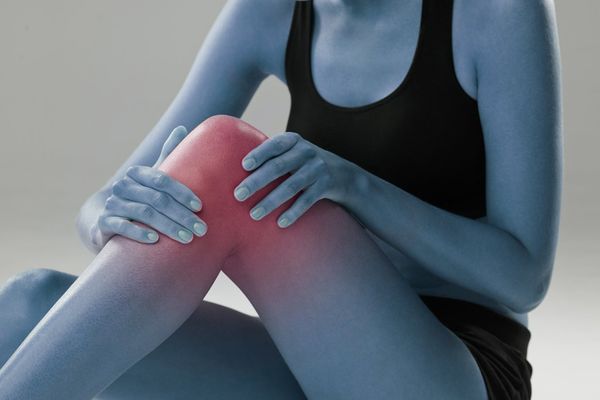Q:
My husband has been diagnosed with complex regional pain syndrome Type II (CRPS Type II). As a result of an explosion in Iraq, his lower left leg was amputated. His injuries are healed, but the pain doesn't stop. We've tried the treatments recommended by our Veterans Administration health center. Is there anything else we can try?
A:
I am sorry to hear of your husband's condition. Complex regional pain syndrome is a new name for a problem long experienced by soldiers traumatically injured in wars, typically when the injuries required amputation. It can also affect nonmilitary personnel who have experienced trauma, broken bones, sprains and surgical procedures.
The syndrome isn't well understood. It likely involves a number of systems not functioning properly, but most specifically, the nervous system. Inflammation may also be involved, along with tissue (and cells) not getting enough oxygen. Key symptoms of CRPS, which you and your husband probably know all too well, are pain sensitivity that involves burning, throbbing, pressing, shooting or aching. Pain is first felt at the injury site, but then begins to be felt elsewhere in the body far removed from the injury. In fact, it's common with CRPS that after awhile the injury site isn't painful any longer. It's also common to feel "phantom pain" in the absent limb. Increased sweating, skin discoloration and poor circulation of the affected limb, weakness, swelling and an increase in skin temperature may also occur.
Your husband's pain can be triggered by various things. He might try lessening his exposure to the following: painful stimuli (and these can be as common as a certain type of fabric or lotion); temperature changes; and carrying or moving heavy objects.
As far as treatments go, it sounds like you've tried what's typically offered: medications, including heavy-hitting opioid-based pain medicines such as morphine; nerve blocks; physical therapy; and possibly surgery.
If he hasn't tried spinal cord stimulation (SCS) therapy, he may want to consider it. SCS has been widely studied since the late 1960s and can be quite successful at managing pain associated with CRPS. Several studies have shown that this therapy can provide long-term pain relief and decrease reliance on narcotic-based pain relievers, as well as increase circulation. SCS therapy is affordable when compared with other treatments and has been shown to improve quality of life for individuals with CRPS, often allowing them to return to work.
SCS therapy involves implanting a small device called a pulse generator into the epidural space of the spine, which lies between the inner and outer area of the spinal canal. A lead wire extension containing electrodes is threaded under the skin, usually in the buttocks or abdomen, and attached to the pulse generator. The electrodes receive impulses from the pulse generator and deliver an electric current that interrupts the pain signals sent by the brain. The person using the device can control the voltage, pulse duration, frequency and type of pulse. Some devices are battery-operated and require a new battery every three to five years. A newer option is a rechargeable implantable device, which may require less frequent replacement than the older devices.
If your husband is interested in SCS therapy, his health care provider can arrange for him to try a temporary external device to see if he responds to the treatment. If his pain diminishes during this trial period, his health care provider can make arrangements to have the pulse generator implanted.
For more information on this topic and related conditions, visit our Veterans' Health and Wellness Center.
- The Problem with Pelvic Pain in the Military - Ready Healthy & Able ... ›
- Suffering From Chronic Pain as a Black Woman ›
- Doctors Thought My Chronic Pain Condition Was Flaring Up. It Ended Up Being Gout. ›
- Childhood Trauma Can Lead to Chronic Pain ›
- Chronic Pain Drove Me to Despair, but Cancer Taught Me to Heal ›







